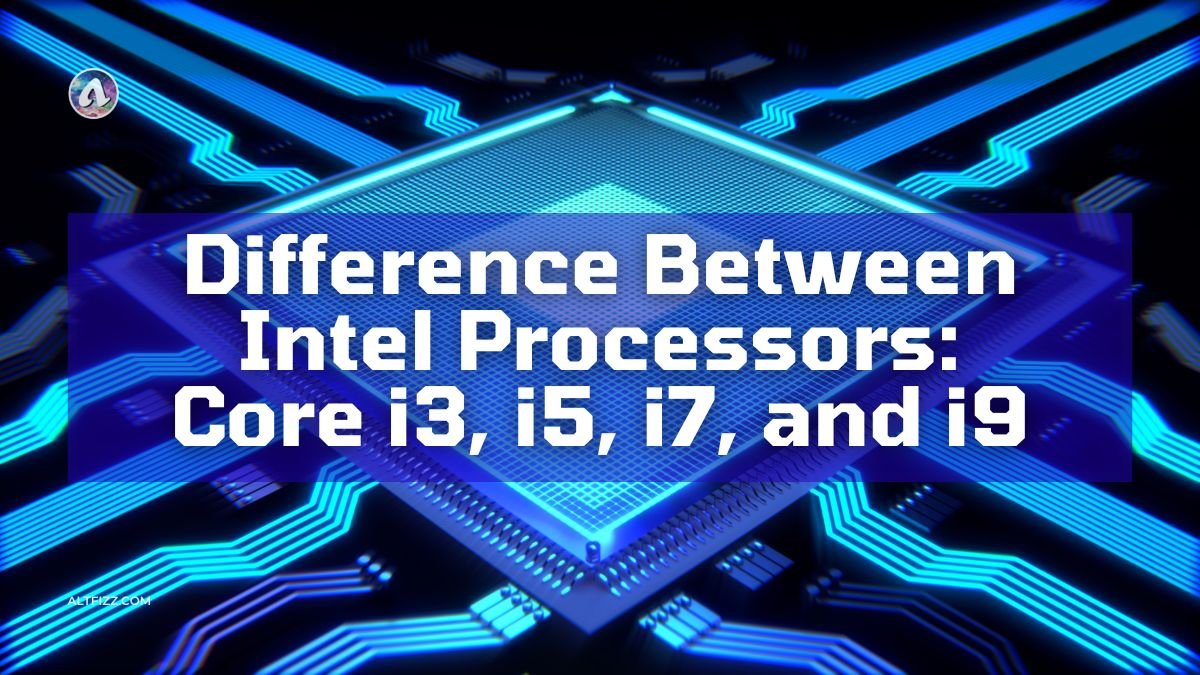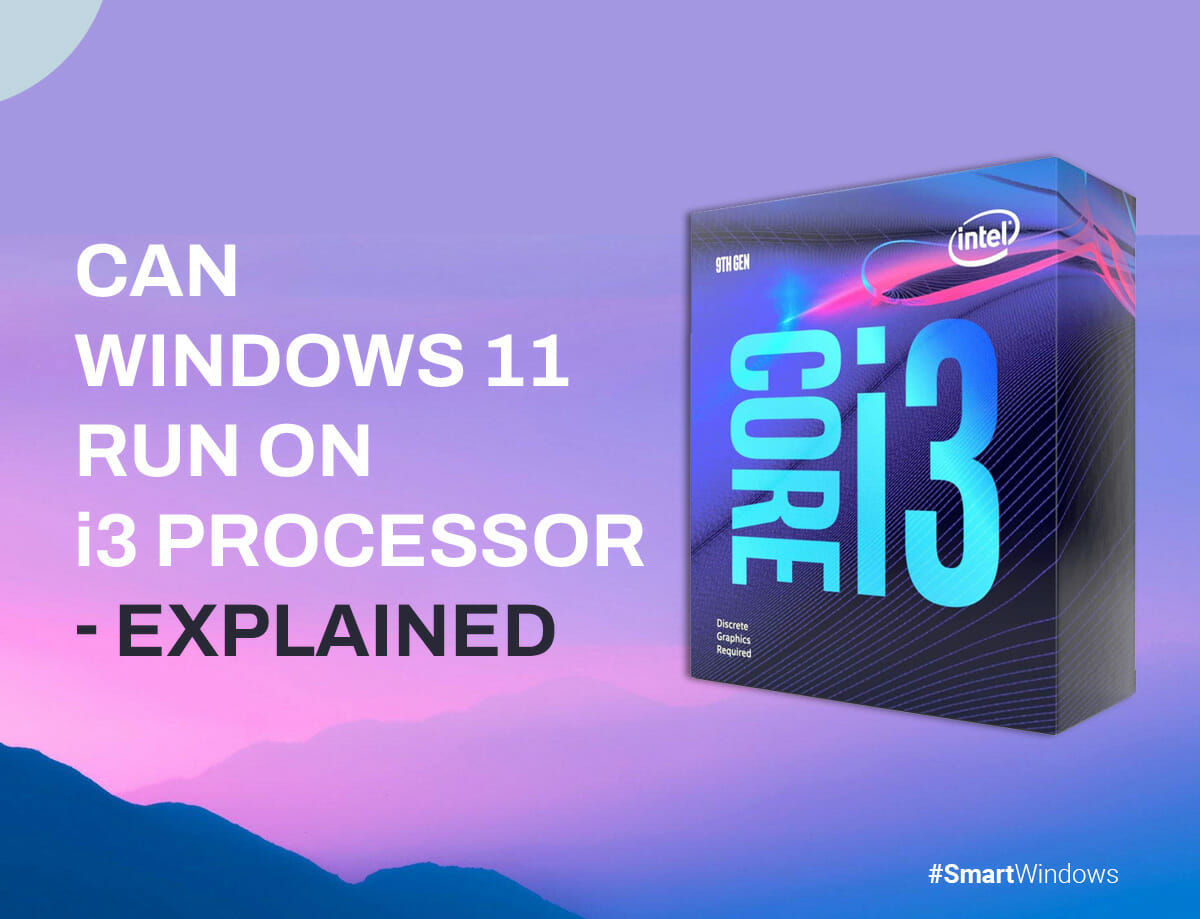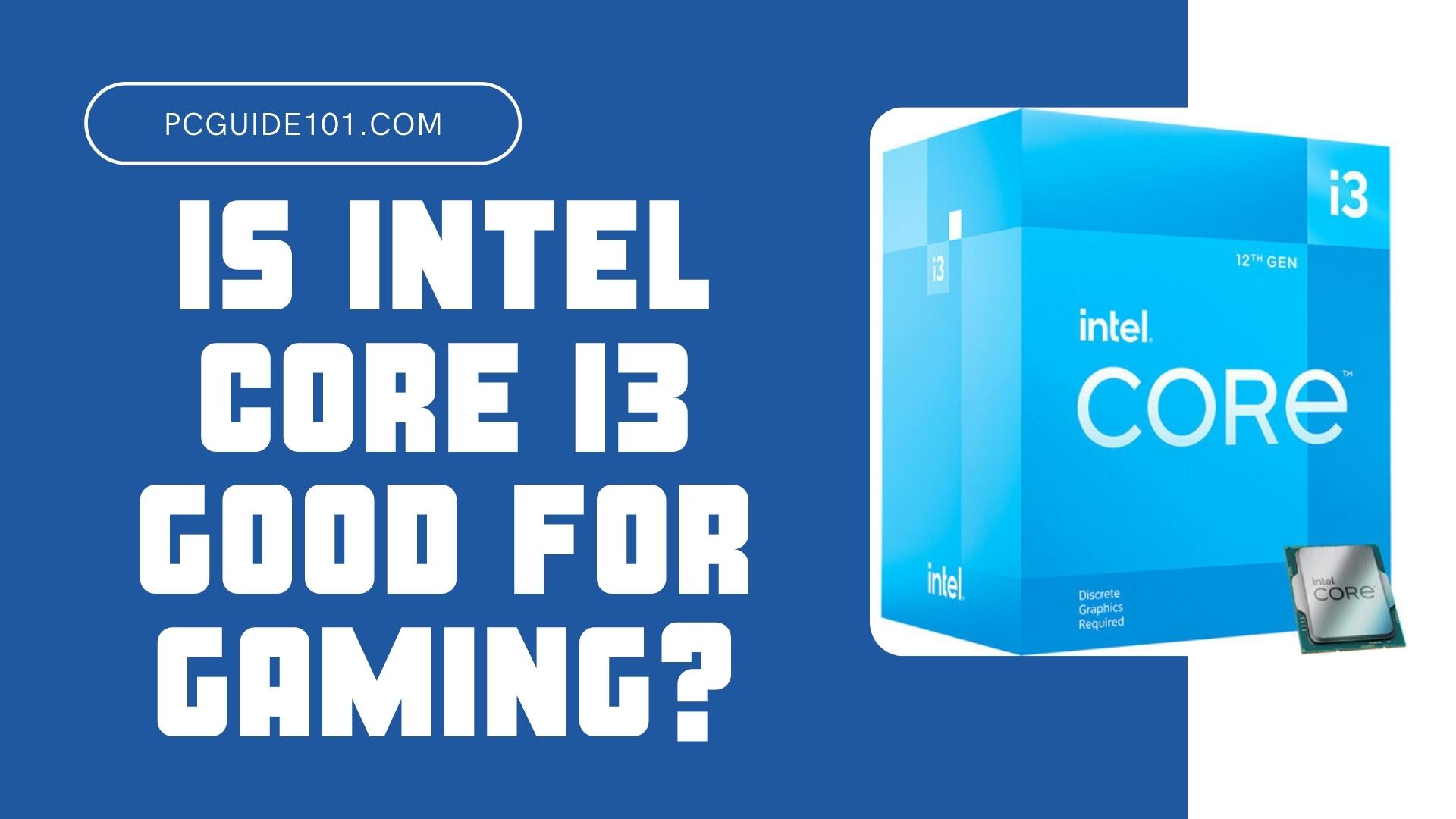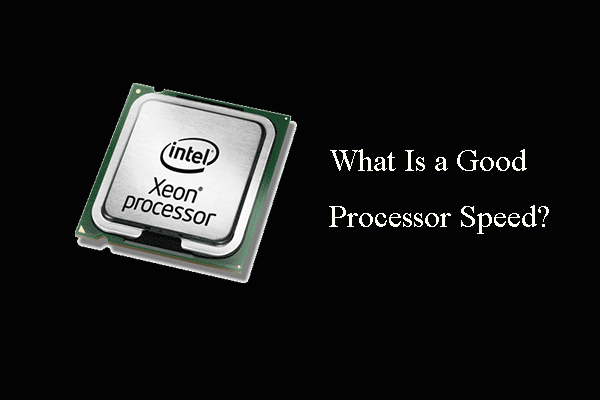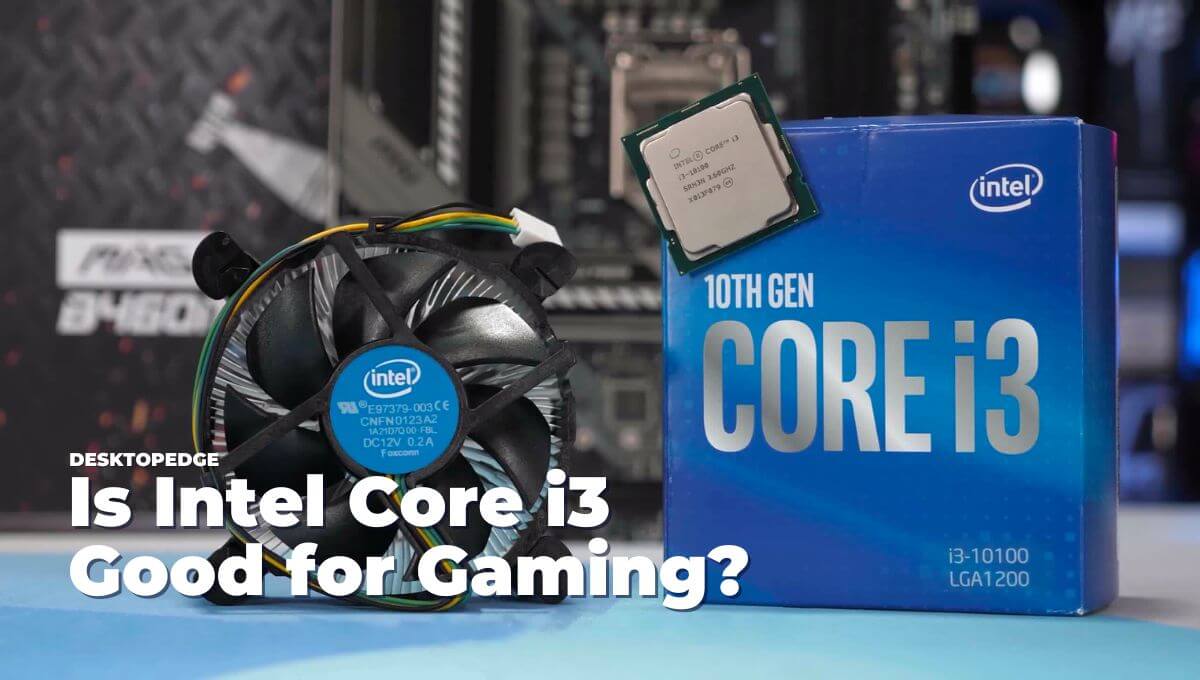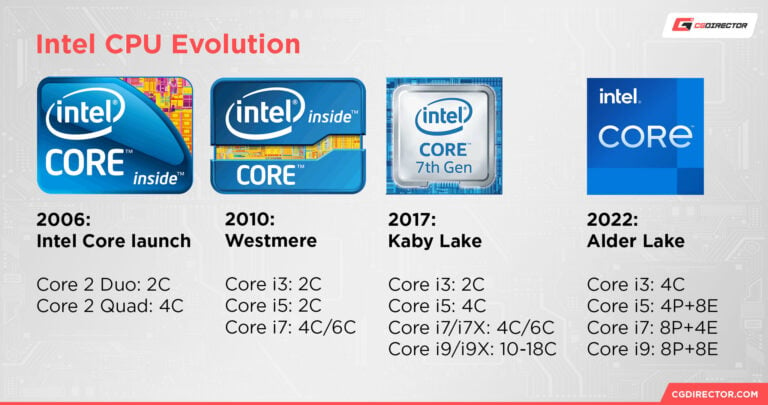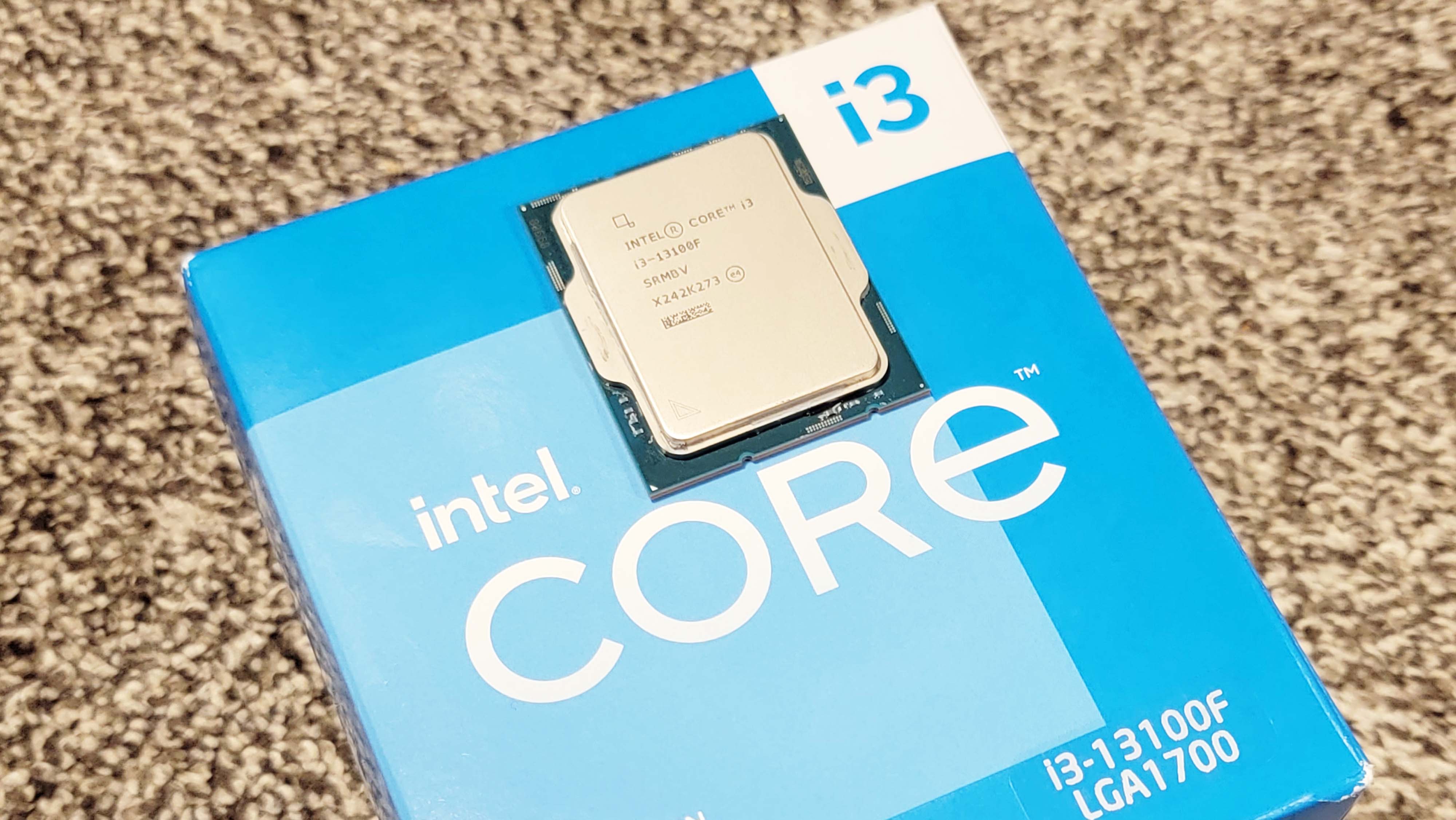Is An I3 Processor Good Enough For Photoshop
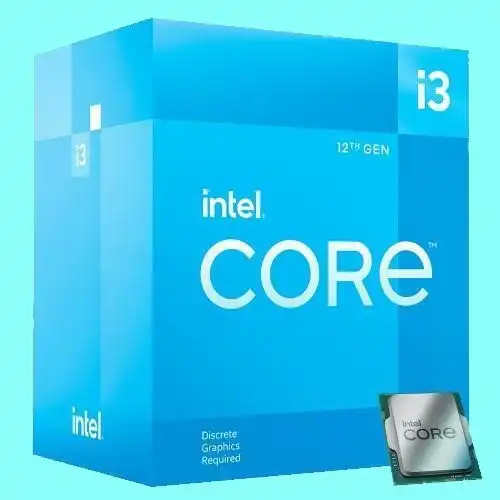
Imagine this: You're brimming with creative energy, ready to transform a dull photograph into a vibrant masterpiece using Adobe Photoshop. But as you fire up the software, a nagging question lingers in the back of your mind: "Is my trusty Intel Core i3 processor up to the task?" The clock is ticking, your inspiration is flowing, and the last thing you want is a frustratingly slow editing experience.
This article dives deep into the heart of that very question, exploring whether an i3 processor can truly handle the demands of Photoshop. We'll unpack the processor's capabilities, consider the type of editing you plan to do, and ultimately, help you determine if it's time for an upgrade or if your current setup is good enough.
Understanding the i3: A Humble Workhorse?
The Intel Core i3 has long been a popular choice for budget-conscious consumers and everyday computing tasks. Historically, i3 processors have been designed to provide a balance between affordability and performance, making them suitable for tasks like browsing the web, word processing, and basic media consumption.
But Photoshop, with its resource-intensive operations, represents a different challenge.
The significance of this discussion lies in the democratization of creative tools. Adobe Photoshop is no longer solely the domain of professional photographers and graphic designers. Its accessibility has empowered a wider audience, from hobbyists to small business owners, all seeking to create visually compelling content.
If an i3 processor proves to be a viable option, it lowers the barrier to entry for aspiring creatives, enabling them to pursue their passion without breaking the bank. On the other hand, understanding its limitations prevents frustration and sets realistic expectations.
Photoshop Performance: What Demands the Most?
Adobe Photoshop's performance is largely determined by several key factors. These factors are: CPU, RAM, GPU, and storage speed. The CPU, or Central Processing Unit, is the brain of your computer, responsible for executing instructions and performing calculations.
Photoshop relies heavily on the CPU for various tasks, including applying filters, making selections, and processing complex image adjustments.
RAM (Random Access Memory) provides temporary storage for your active projects, allowing the CPU to quickly access and manipulate data. A sufficient amount of RAM prevents Photoshop from relying on the slower hard drive or SSD, which can significantly impact performance.
While Photoshop can utilize the GPU (Graphics Processing Unit) for certain tasks like image rendering and accelerated features, its reliance on the GPU is generally less than the CPU or RAM, though this is increasing with newer versions.
"A fast storage drive, such as an SSD (Solid State Drive), is crucial for quickly loading and saving large Photoshop files, as well as for accessing textures and brushes." - Adobe Photoshop Documentation
The i3's Role in the Equation
The i3 processor, typically featuring fewer cores and lower clock speeds compared to its i5, i7, and i9 counterparts, might struggle with highly complex Photoshop tasks. Think of heavily layered compositions, large file sizes, or demanding filters like those used for noise reduction or sharpening.
However, for lighter editing tasks, such as basic photo retouching, color correction, and simple graphic design, an i3 can be perfectly adequate. The key is to manage your expectations and optimize your workflow.
Closing unnecessary applications, working with smaller file sizes, and rasterizing layers when appropriate can all help to minimize the strain on your processor.
Real-World Scenarios: Is It Enough?
For amateur photographers who primarily edit family photos and share them on social media, an i3-powered computer is likely sufficient. The same can be said for graphic design students working on relatively small projects with limited complexity.
However, for professional photographers, graphic designers working with large-format images, or anyone consistently tackling demanding editing tasks, an i5 or higher processor is generally recommended.
These processors offer more processing power and often come with more cores, resulting in significantly faster rendering and processing times.
Ultimately, deciding if an i3 is "good enough" for Photoshop depends on your individual needs and budget. If you're on a tight budget and primarily engage in light to moderate editing, an i3 can be a viable option, especially when paired with sufficient RAM (at least 8GB, ideally 16GB) and a fast SSD.
However, if you're serious about Photoshop and require professional-level performance, investing in a more powerful processor will undoubtedly lead to a smoother and more efficient workflow.
The pursuit of creativity shouldn't be hampered by technological limitations. Whether you stick with your trusty i3 or decide to upgrade, remember that the most important ingredient is still your imagination.


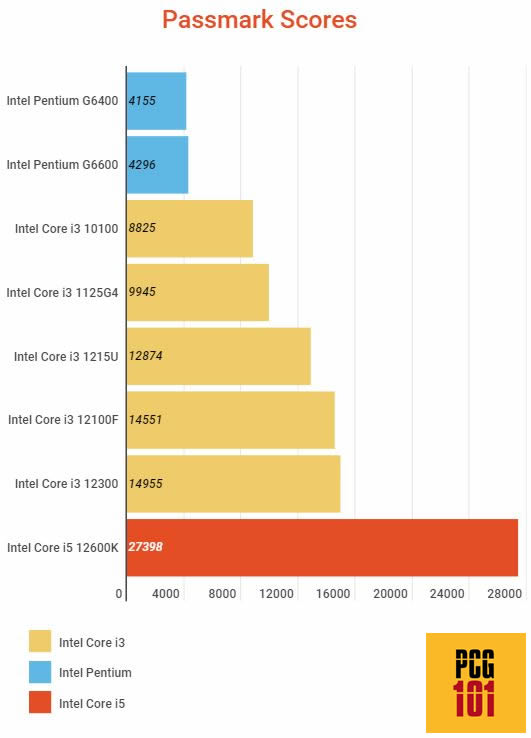

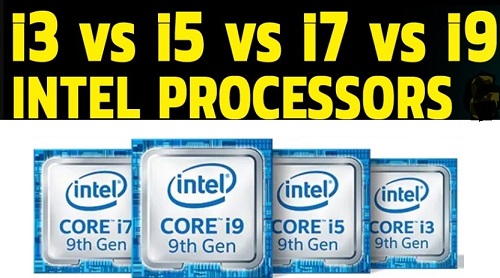
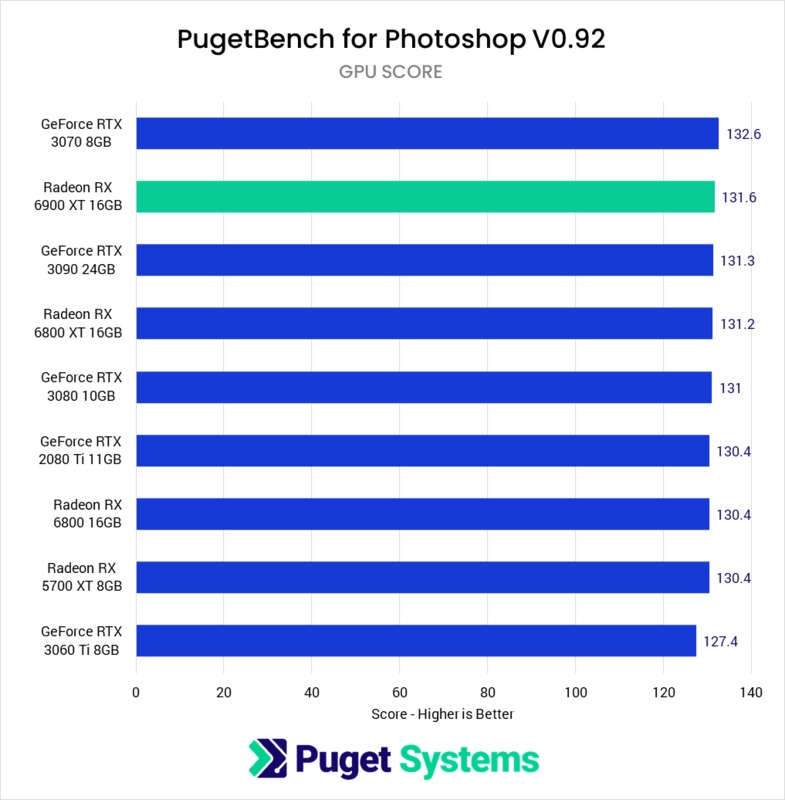
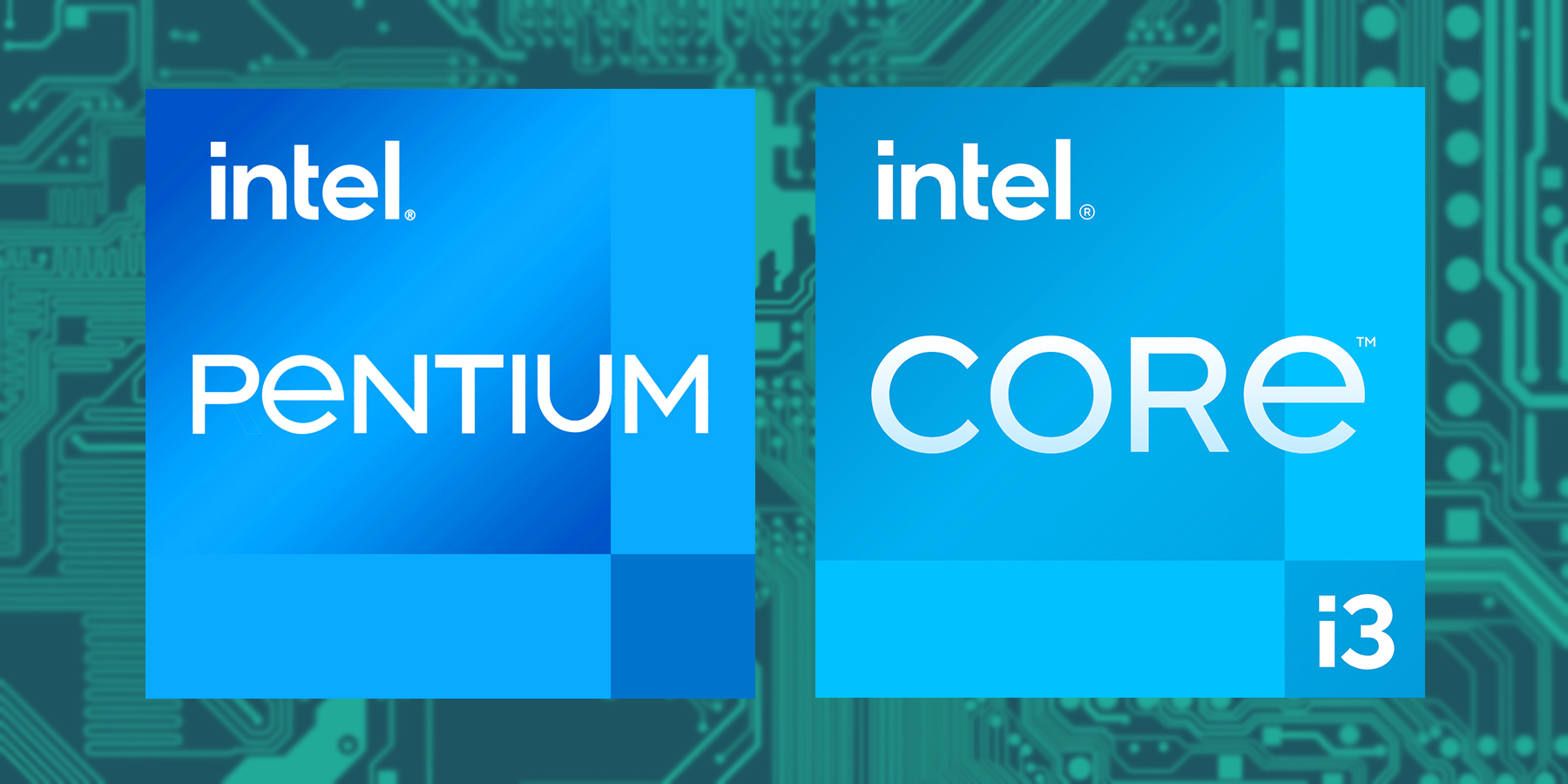

![Is An I3 Processor Good Enough For Photoshop Are i3 CPU Good? [Decisive Explanation & Tested Result 2023]](https://10scopes.com/wp-content/uploads/2023/02/are-i3-cpu-good.jpg)


